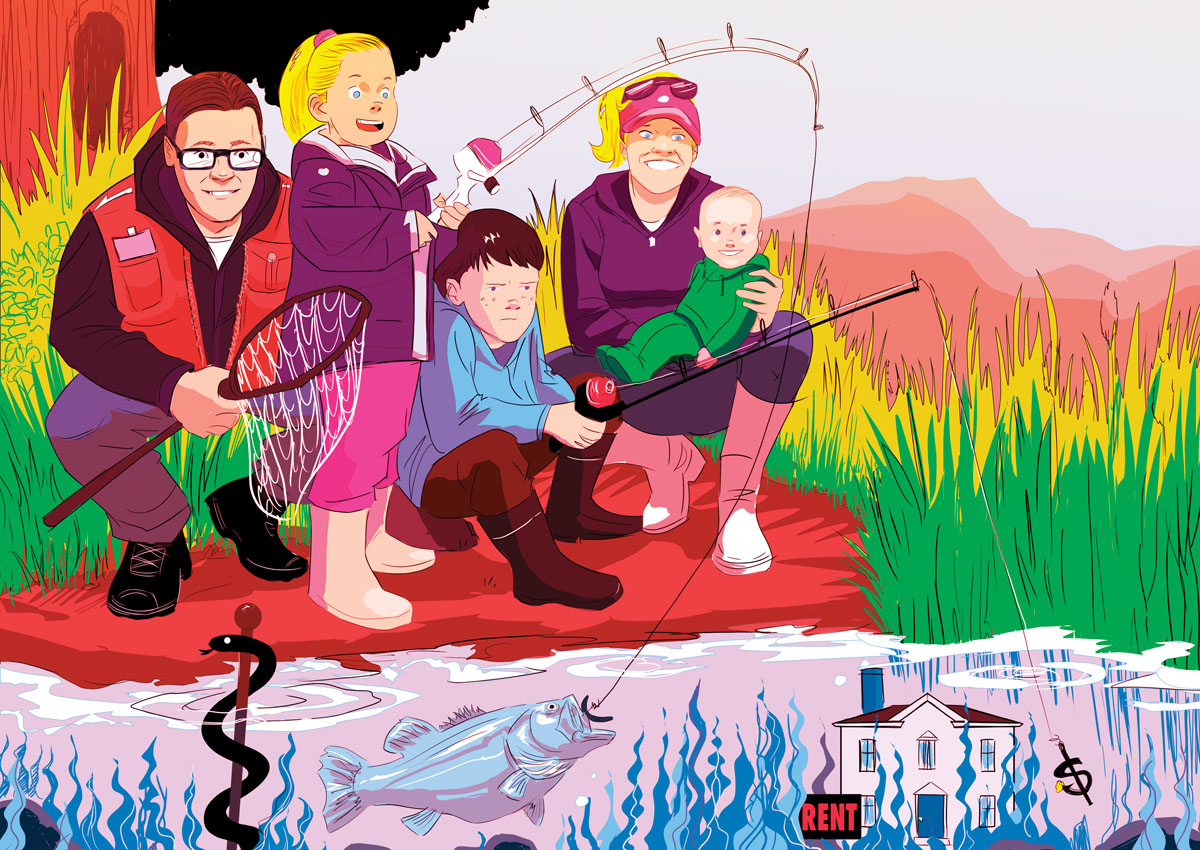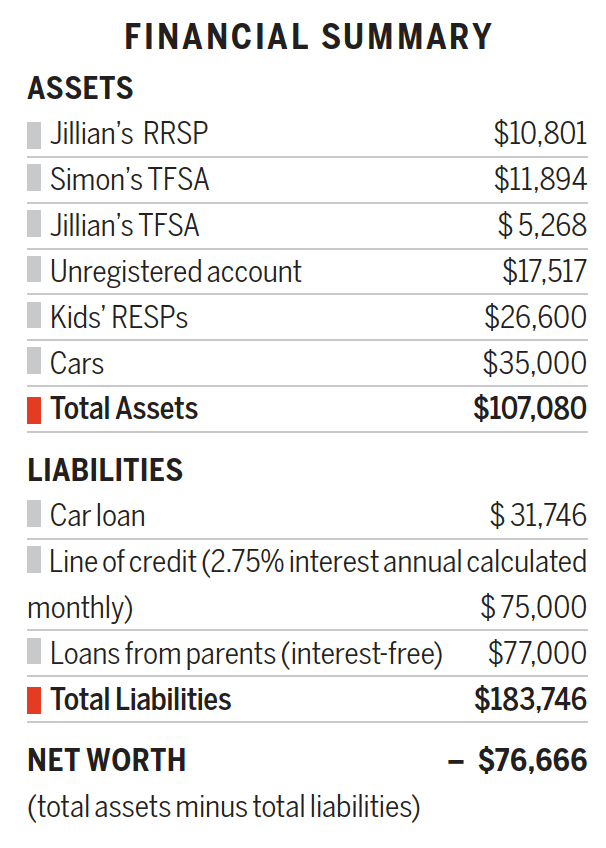Building a better life
Three kids, no income and one of the parents is in school. Can the Flanagans buy a house?
Advertisement
Three kids, no income and one of the parents is in school. Can the Flanagans buy a house?


Share this article Share on Facebook Share on Twitter Share on Linkedin Share on Reddit Share on Email